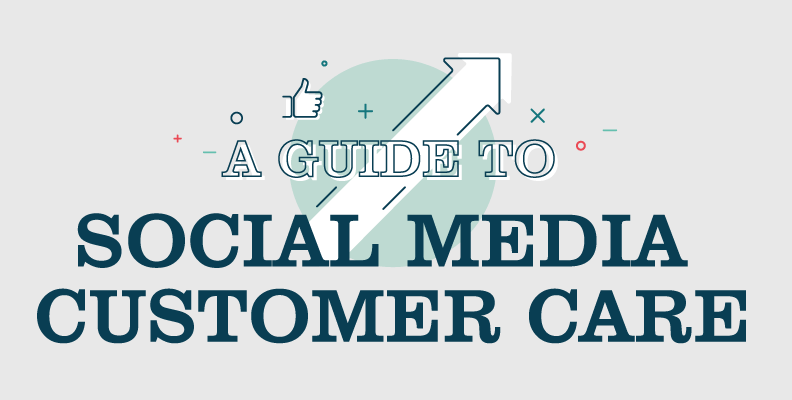Best Practices for Hiring
Hiring the right employees is easier said than done. It’s important to write a great job description, determine the appropriate compensation, set a specific timetable, promote your job opening in the best possible manner, and conduct a selection process that ensures you get the right person for the job. Follow these steps to help you conduct your search!
Infographic Roundup
1. Write a Job Description
Create a job description that defines the duties of the position, as well as the skills and experience required to fulfill these responsibilities.
2. Determine Compensation
Understanding standard wage rates will help you form a sense of how to structure your compensation plan. Take a look at comparable positions on job boards, and talk to local business organizations for advice on salary and benefits. It’s vital to know which benefits the law requires.
3. Set a Timetable
Don’t feel pressured to make a quick hire because of an upcoming initiative or a pending project. Rushing the process can be a costly mistake because you may overlook important hiring routines such as checking references and performing background checks.
4. Promote Your Job Opening
Advertising is best done in a targeted fashion, and the same is true for finding and attracting the right job candidates. Posting your listing in targeted channels, such as trade publications and online job boards, will allow you to find the best match.
Networking is also a great way to find talent. Get the word out via trade and social organizations, LinkedIn, and present employees, customers and friends.
5. Conduct a Selection Process
Be sure to follow up with each applicant, even if they aren’t going to receive an interview. This will help perpetuate a positive reputation for your brand. Keep your pool of interview candidates small — no more than five. Be consistent in your preparation, questions and interviewing across all candidates. During the interview, ask broad questions. Let candidates tell you what they think is important for you to know about them. Then follow up with detailed questions. It’s always a good practice to invite your shortlist of candidates back for a second interview — and if possible, have someone else in your company conduct an informal interview. Doing reference checks can help you avoid making a mistake. If the position involves access to sensitive data and/or finances, you may wish to consider doing a full background check.
Statistics
- 53% of all job applications contain inaccurate information.
- 49% of the 3,100 hiring managers surveyed had caught a job applicant fabricating some part of his/her resume.
- 34% of all application forms contain outright lies about experience, education, and ability to perform essential functions on the job.
- 9% of job applicants falsely claimed they had a college degree, listed false employers, or identified jobs that didn’t exist.
- 11% of job applicants misrepresented why they left a former employer.








